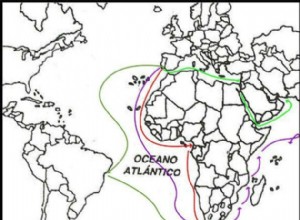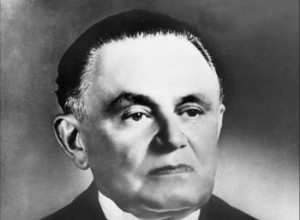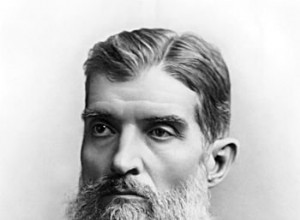The Coronelismo is a phenomenon of Brazilian politics that occurred during the First Republic. It is characterized by a person, the colonel, who held economic power and exercised local power through violence and exchanges of favors. Origin The word Coronelismo is, in fact, a Brazilianization of th




